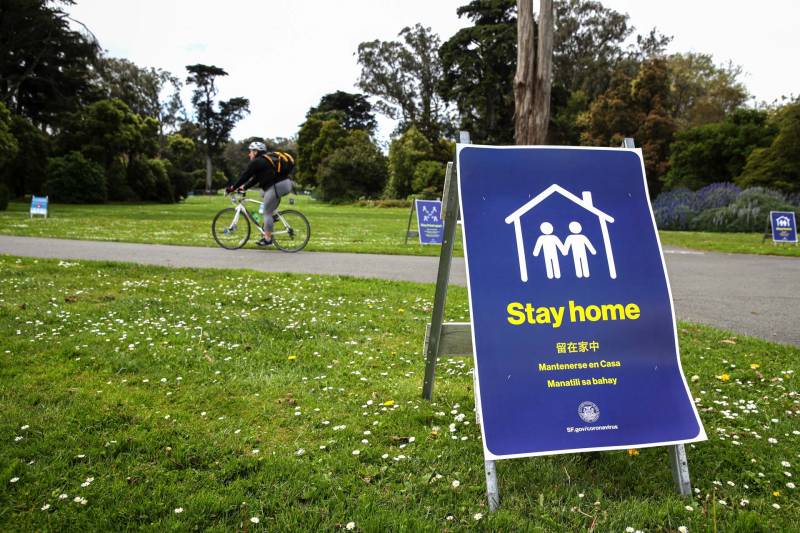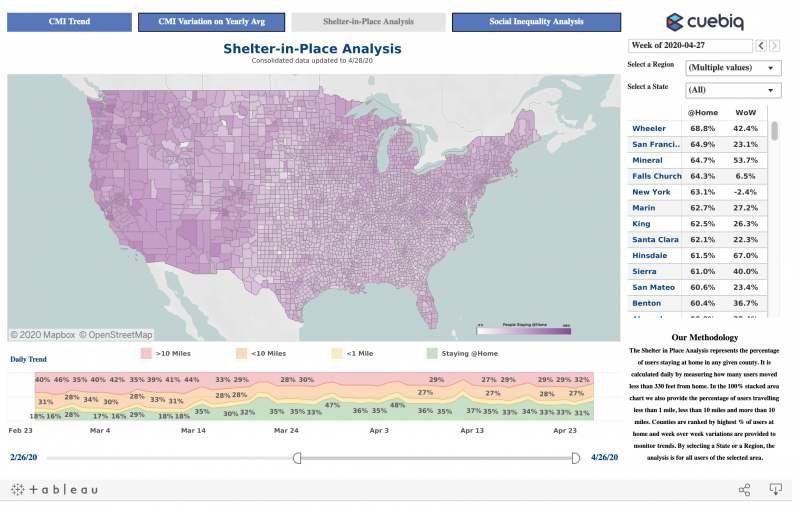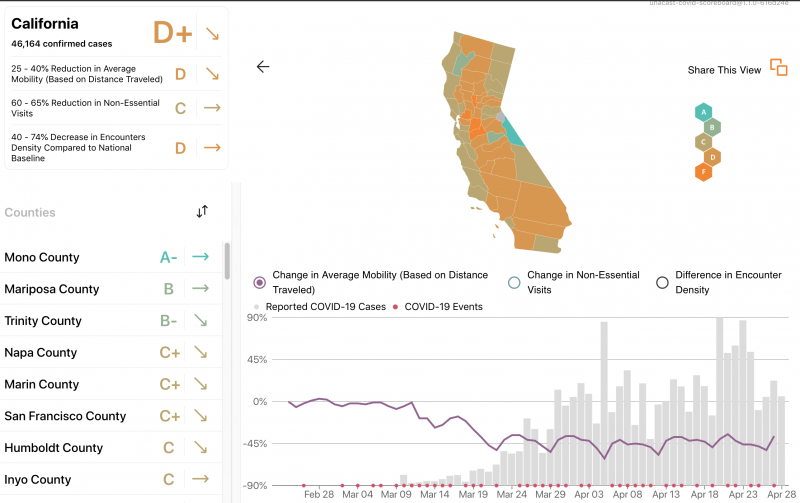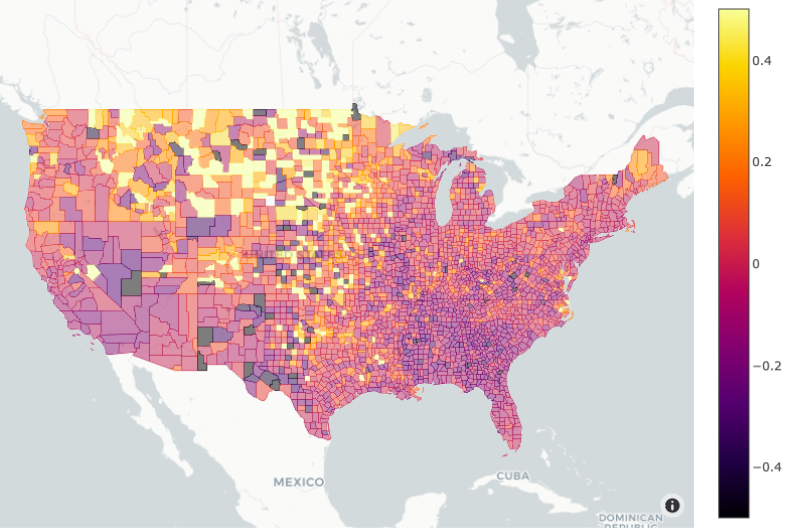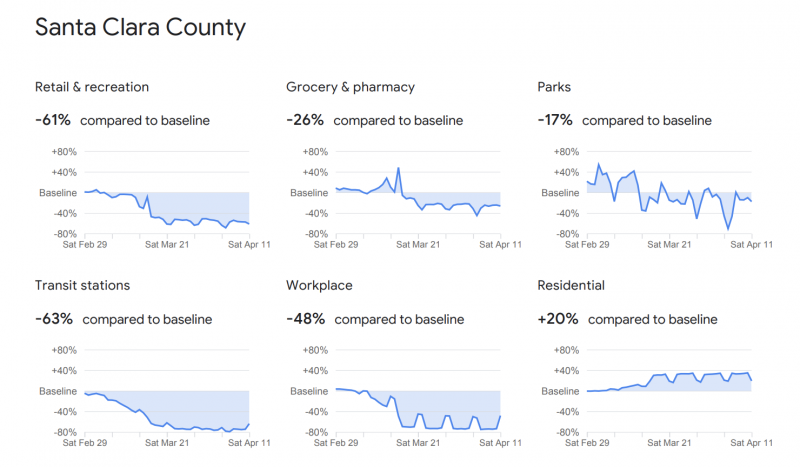W
ith Bay Area health officers releasing details of the region’s latest coronavirus shelter-at-home orders, it’s a natural moment to ask just exactly how we’re doing in terms of going along with the directives.
As it happens, virtually all of us who are glued to our mobile devices every waking hour are engaged in a massive reporting project that answers that very question. A wide range of apps on our gadgets, from mapping and dating services to fitness trackers, can watch where we are and capture that information.
You can guess the rest: App makers use the data to personalize and “improve” the services they offer you. They also sell some of what they capture to third parties that analyze the information for a wide range of other purposes. Assessing traffic and congestion in our cities is one popular use of such data.
Yes, this state of things does raise privacy concerns. And there are ways to turn off or limit the tracking — something most of us don’t do. But during the coronavirus pandemic, the details of our daily movements that our phones have been capturing and dutifully feeding into the cloud have given analysts a chance to see to what extent we’re actually locked down.
And the overall answer is: We’re pretty locked down. Data show we’re traveling far less and staying at home far more. Here's a quick rundown of some of the major analysis services issuing reports on our activity during the pandemic:
StreetLight Data
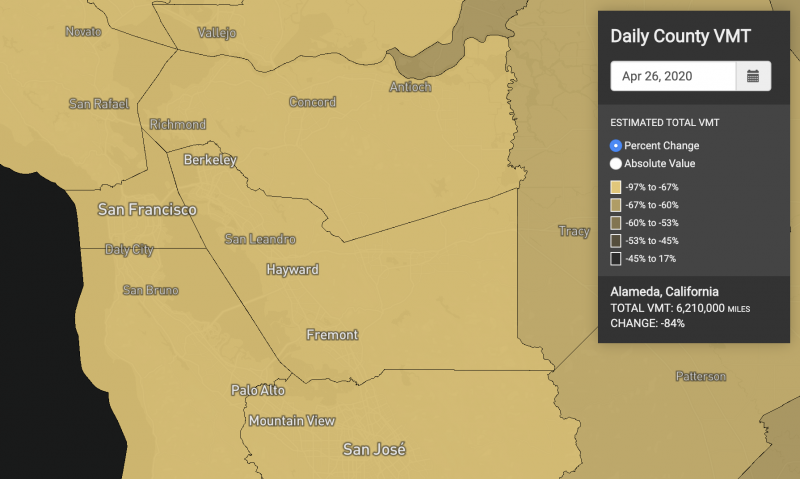
StreetLight Data is a San Francisco-based transportation analysis firm that was in the news last year for a report on potential access problems for California communities facing high wildfire risks.
To report on some of the impacts of COVID-19, StreetLight has partnered with another data firm, Cuebiq, and put together an interactive national map of how total vehicle miles traveled has changed during the pandemic compared to a January baseline. In the Bay Area, not surprisingly, the total miles we're all traveling is way down — in the 85% to 90% range in San Francisco and between 63% to 67% in Solano County, the jurisdiction with the smallest decrease over the last six weeks. StreetLight's map is relatively easy to use and is comparatively current, with the most recent travel data just two to three days old.
